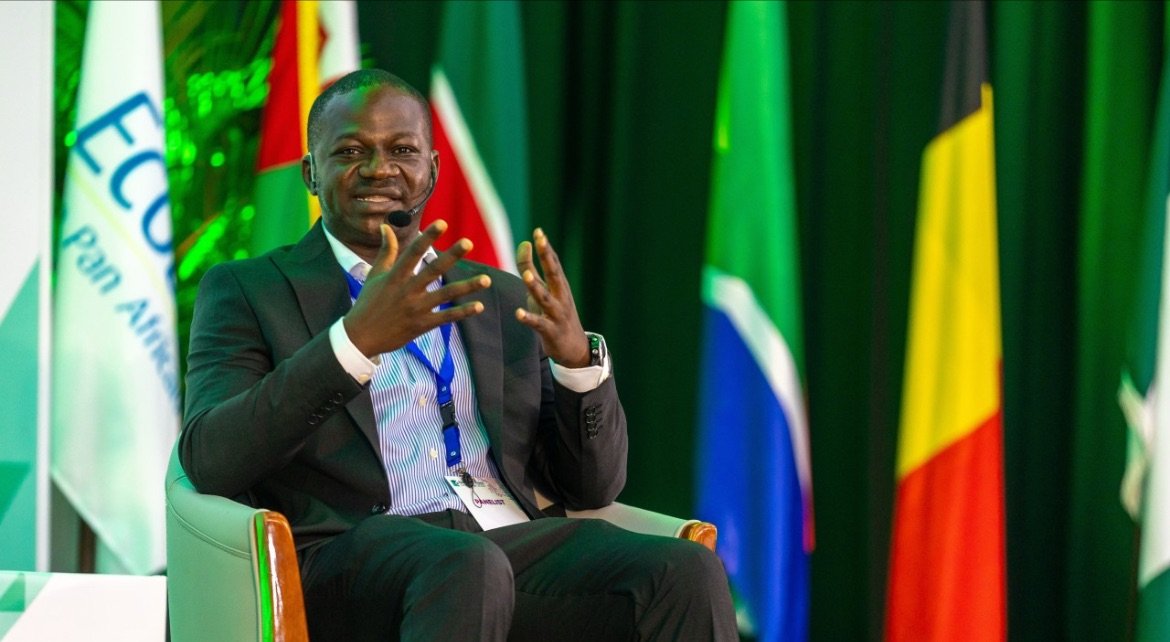Embedded credit is poised to become the next game-changing innovation in Africa’s digital finance ecosystem, according to fintech leader and researcher Dr. Arnold Kavaarpuo.
In a recent LinkedIn thought piece, the CEO of StacAi and former executive at Kuda UK and JUMO outlined how integrating credit directly into digital platforms could unlock inclusive lending at scale across the continent.
“The future of lending in Africa lies in embedding credit where people already live, trade and transact digitally,” Dr. Kavaarpuo wrote.
With over 18 years of experience across traditional banking and digital finance, Dr. Kavaarpuo argues that embedded credit infrastructure—such as offering loans via e-commerce apps, utility platforms, or transport networks—can reduce barriers for millions of unbanked individuals and small businesses.
Key Elements of the Infrastructure
His vision is built around five core components:
Digital payment interoperability Portable credit identity Smart underwriting powered by data Regulatory clarity Strong ecosystem collaboration
Dr. Kavaarpuo also warns that innovation must be accompanied by strong governance frameworks and a willingness among stakeholders to share data securely and responsibly.
Opportunities for Growth
The embedded credit model is already gaining traction in parts of Africa. From Buy Now, Pay Later options in online stores to agri-finance tools on supply chain platforms, the shift toward contextual lending is underway.
According to market projections referenced in the piece, Africa’s embedded finance sector is expected to grow by over 45% annually, hitting a market value of nearly $40 billion by 2029—credit being the fastest-growing segment.
Challenges Remain
Despite the potential, hurdles persist. These include fragmented data systems, varying regulatory requirements across countries, and limited infrastructure for credit reporting in many African markets.
Yet, Dr. Kavaarpuo remains optimistic. He proposes a ten-point roadmap to scale embedded credit sustainably—including open APIs, consumer education, digital ID integration, and partnerships between banks, fintechs, regulators, and digital platforms.
A Call to Action
For African fintech builders, banks, and policymakers, the message is clear: embedding credit into digital ecosystems could drive a new wave of financial inclusion—one that meets users where they are, with tools they already trust.
“Credit is not just a financial tool; it’s an economic catalyst,” Dr. Kavaarpuo concluded.
As Africa continues its digital transformation, leaders like Dr. Kavaarpuo believe the opportunity to create resilient, inclusive financial systems has never been greater.

